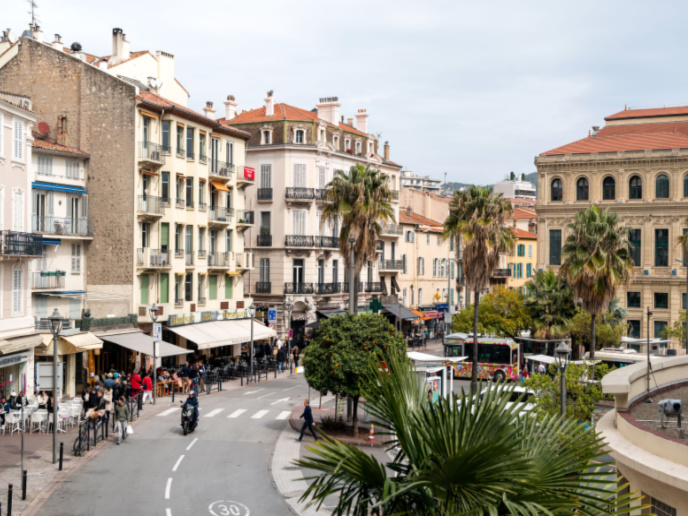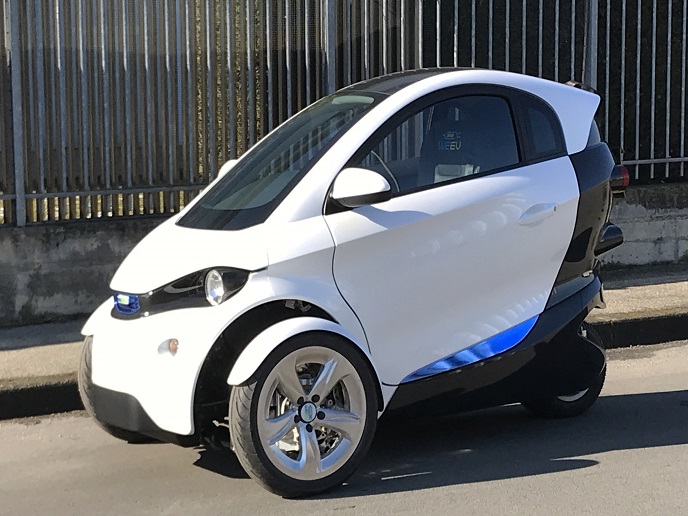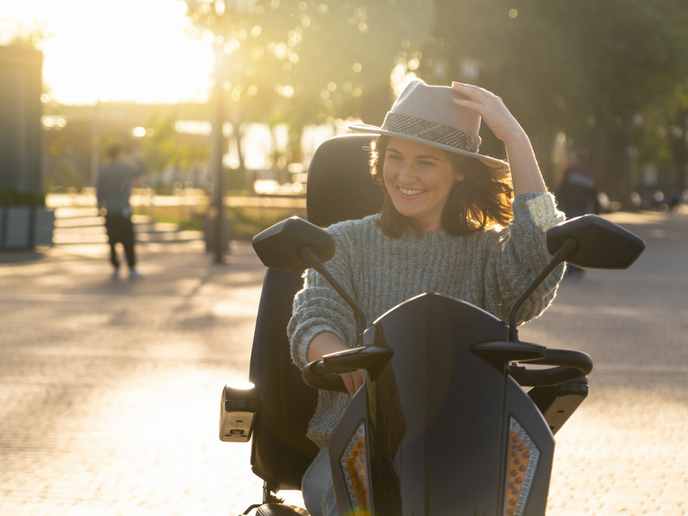Making better use of urban street space
Cities face various mobility-related challenges, ranging from greenhouse gas emissions, poor air quality, noise and traffic congestion to the economic vitality of commercial streets, road safety and public health. All of these are experienced, to varying degrees, across urban street networks, in which space is generally constrained and highly contested. At the same time, there is a wide range of street user groups whose demands may conflict. “Older urban streets were often retrofitted in the mid-twentieth century to accommodate as much growing car traffic as possible, with negative impacts on walking and cycling, public transport services and the general quality of the street environment,” explains Peter Jones, project coordinator of the EU-funded MORE(opens in new window) project. Policy priorities have since changed, and emphasis is now being given to promoting sustainable mobility, street activities and place-making. Nevertheless, major street redesign exercises are often contested, with differing opinions among stakeholder groups, and cities may be limited in the changes they can make due to administrative or regulatory factors. “Against this backdrop, the MORE project has developed an easy-to-apply complete street redesign process, with supporting design tools, that has been implemented on challenging street sections in five urban nodes of the Trans-European Transport Network: Budapest, Constanta, Lisbon, London and Malmö,” confirms Jones.
Aiding the redesign of complex street environments
The project has developed and validated an eight-stage street redesign process. Assisting this process, MORE developed or enhanced several sets of tools. “The option generation tool(opens in new window) is a searchable, digital library describing 210 design elements that could be introduced on street to support particular user needs and contribute to achieving desired outcomes,” highlights Jones. The stakeholder engagement tool(opens in new window) has been developed for the co-creation of design options, using both web-based tools – LineMap(opens in new window) and Traffweb(opens in new window) – and traditional planning tools. In addition to this, MORE has refined the microsimulation software package Vissim, among other things, to better simulate kerbside activities, to add the capability of simulating footway street activities (e.g. sitting, queueing and chatting), plus enhanced output measures of performance (e.g. kerbside occupancy rates). “We also developed a new design option appraisal tool(opens in new window) enabling cities to rigorously assess the generated street redesigns, based on one of three sets of criteria: conformity to policy objectives, a formal cost benefit analysis, or a comprehensive multi-criteria analysis,” adds Jones. Other results can be found on MORE’s website.
Paving the way for better streets for better cities
“The proposed MORE street redesign process is operational, and the tools that have been developed and enhanced have practical value,” emphasises Jones. MORE cities plan to adopt aspects of the street redesign process and the supporting tools in their future street redesign projects. “Our commercial partners have also incorporated the MORE tool developments into their products, while our street user group partners and POLIS(opens in new window) – a network of European cities and regions cooperating for innovative transport solutions – are taking on board MORE findings in their future guidance and advocacy,” reports Jones. Discussing next steps, Jones concludes: “The MORE concepts and findings have been well received. One area needing further analysis and investigation is the optimal allocation of the kerbside on busy urban streets, taking advantage of new digital booking capabilities. University College London is working on this topic.”







